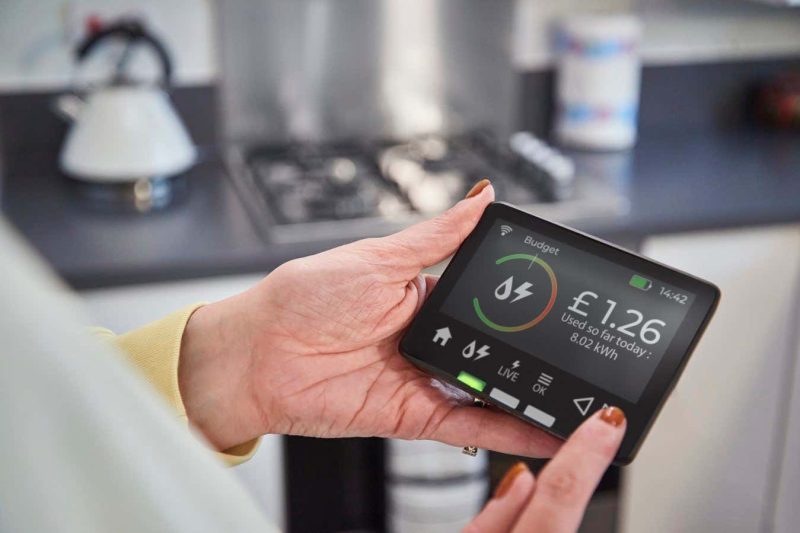Introduction
A recent report from a cross-party committee of UK members of parliament has raised concerns about the impending failure of 7 million electricity and gas smart meters in Great Britain. These meters, which are designed to provide real-time energy consumption information to users and energy companies, rely on older 2G and 3G mobile networks that are being phased out. In this article, we will explore the implications of this issue for energy customers in the UK.
Why are Smart Meters Failing?
The problem lies in the communication infrastructure of the smart meters. Currently, these devices use mobile phone networks to transmit data to energy company servers, eliminating the need for broadband connections in individual homes. However, the older 2G and 3G networks that support these meters are being decommissioned, leaving around 7 million households without functioning smart meters. This issue adds to the 3 million devices that were already not working as of March 2023.
Who Bears the Cost?
According to the Department for Energy Security and Net Zero, energy suppliers will be responsible for upgrading the communications equipment to ensure that smart meters remain connected. They are working with the industry to ensure a smooth transition for consumers by the end of 2033 when 2G and 3G networks will be completely switched off. The financial burden of these upgrades falls on the energy companies.
Will Smart Meters Need Replacement?
Mike Hewitt, the chief technology officer of the Data Communications Company (DCC), has stated that the smart meters themselves do not need to be replaced. However, the communications hubs that accompany the meters in households will require updating. This involves rolling out 4G-compatible hubs across the country. Nevertheless, this solution is temporary since the eventual switch-off of 4G networks remains on the horizon.
Timeline for the 2G and 3G Switch-off
2G networks were introduced in the early 1990s, providing voice calls and text messaging for phones. In the early 2000s, 3G networks emerged, enabling data services such as email and web browsing. In recent years, the focus has shifted to the deployment of 4G networks, with plans for the upcoming 5G network. While the UK’s mobile network operators have committed to supporting 2G and 3G devices until 2033, some companies have already started switching them off. This process will have varying timelines across different regions.
Impact on Energy Usage and Savings
Studies have shown that the installation of smart meters can lead to a reduction in energy consumption. Between 2015 and 2018, electricity consumption decreased by up to 3.6%, and gas consumption decreased by up to 3.1% after the installation of smart meters. However, the Committee of Public Accounts highlights that the UK government has fallen behind its installation targets, with only 57% of all electricity and gas meters being smart at the beginning of this year. Additionally, those who benefit from smart meters tend to have higher incomes and are more likely to upgrade power-consuming appliances.
Other Devices Affected
Smart meters are not the only devices reliant on 3G networks. Other technologies, such as security alarms, cash machines, car safety systems, e-readers, payment terminals in shops, and medical alert devices, also rely on these networks. The impact on these devices and the progress of their upgrades remains uncertain.
In conclusion, the impending failure of 7 million smart meters in the UK due to the switch-off of 2G and 3G networks poses challenges for energy customers. While the meters themselves do not need replacing, the communication hubs require updates. Energy companies will bear the cost of these upgrades. The switch-off of 2G and 3G networks has broader implications for other devices as well. Furthermore, the impact of smart meters on energy usage and savings is significant but limited by the government’s progress in their installation and the socio-economic factors influencing their effectiveness.








